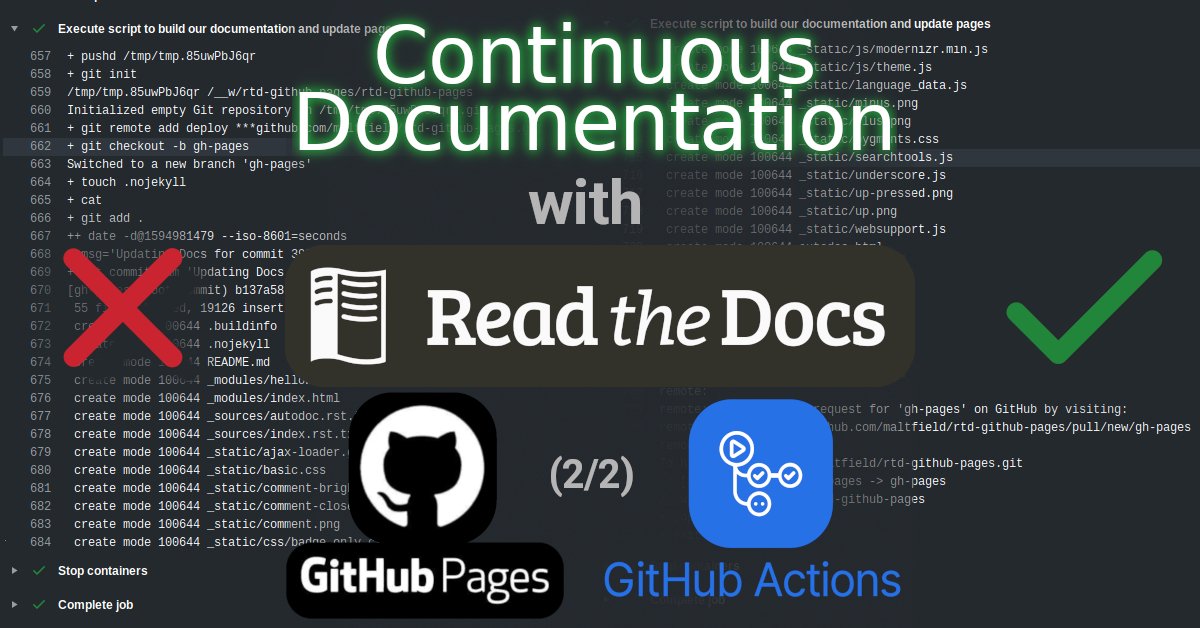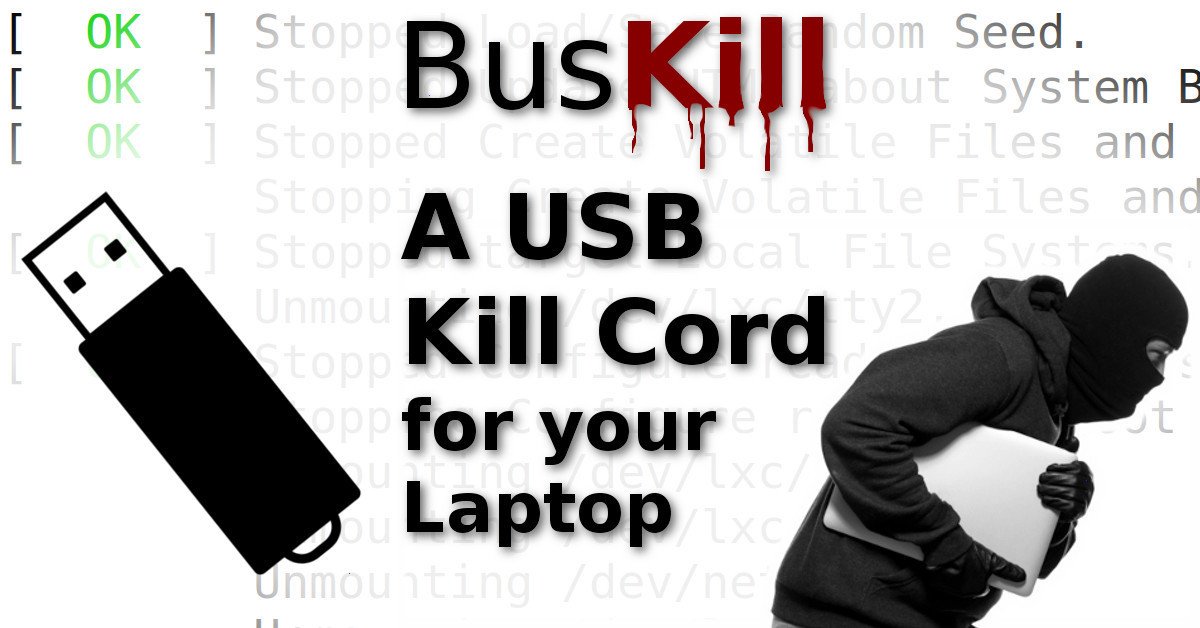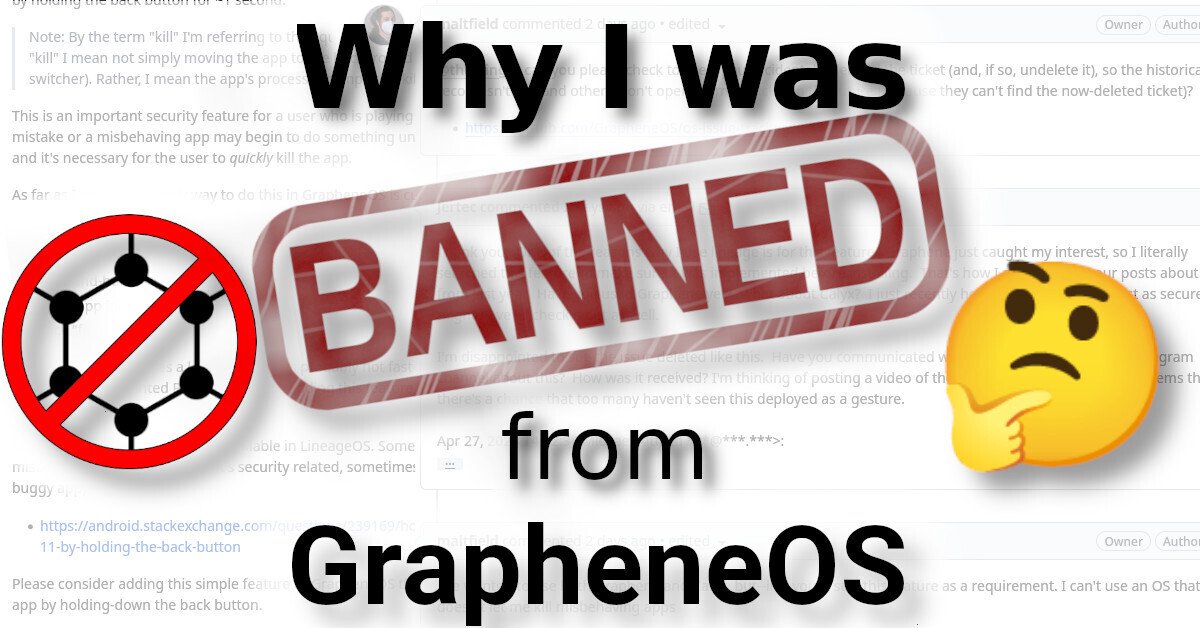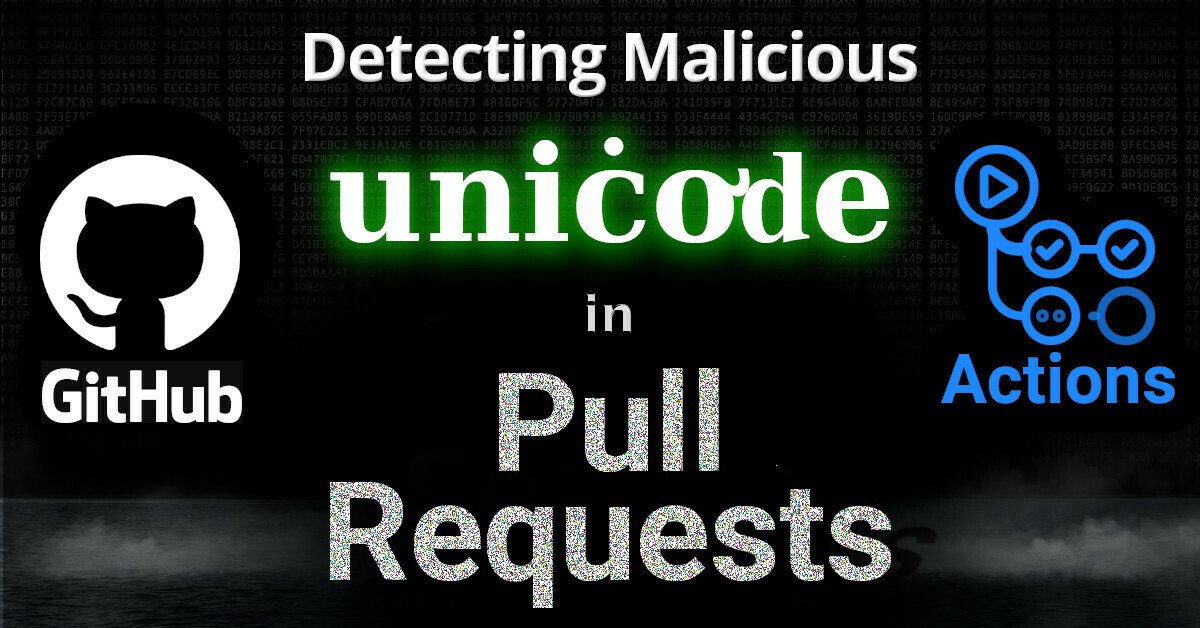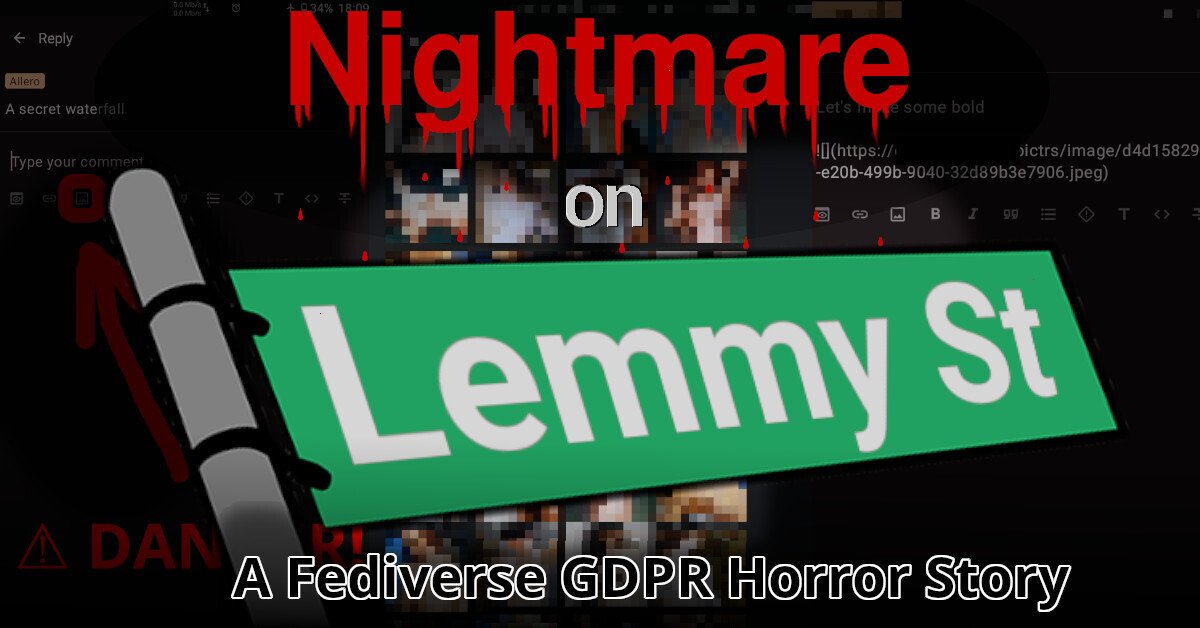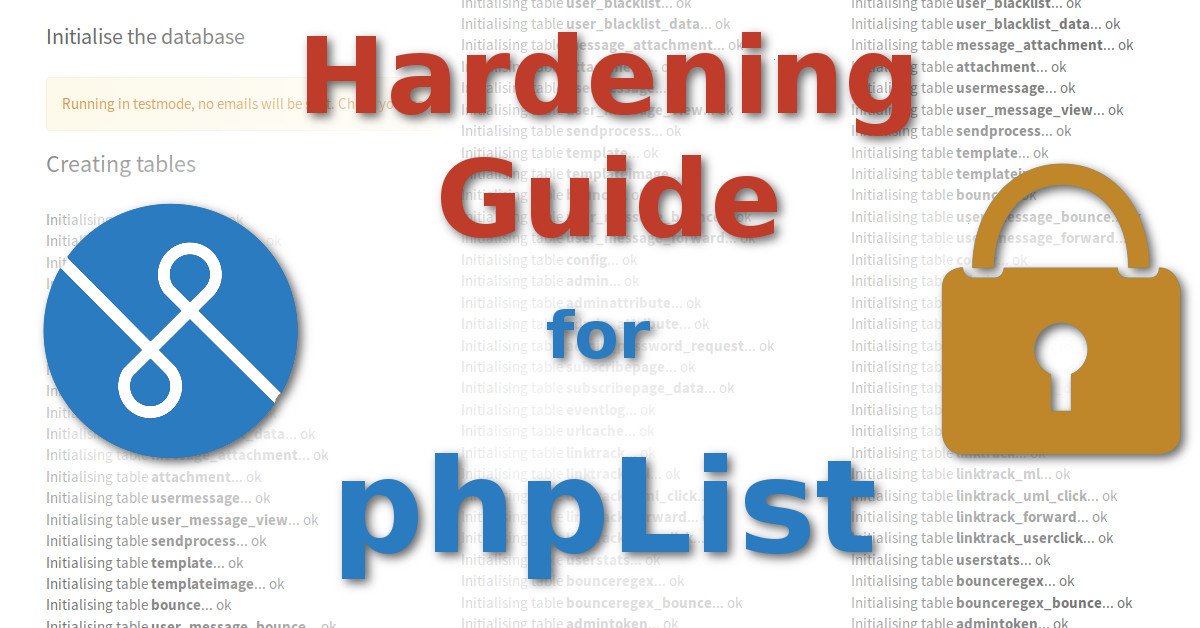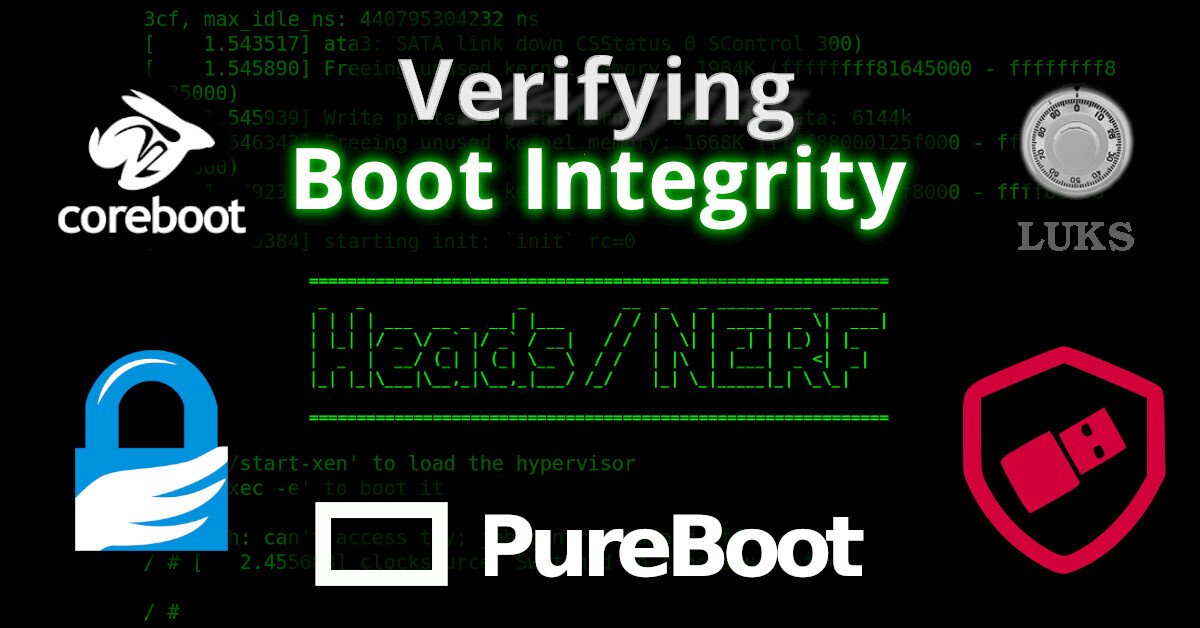
This article will describe how to download an image from a (docker) container registry.
Intro
Remember the good ‘ol days when you could just download software by visiting a website and click “download”?
Even apt and yum repositories were just simple HTTP servers that you could just curl (or wget) from. Using the package manager was, of course, more secure and convenient — but you could always just download packages manually, if you wanted.
But have you ever tried to curl an image from a container registry, such as docker? Well friends, I have tried. And I have the scars to prove it.
It was a remarkably complex process that took me weeks to figure-out. Lucky you, this article will break it down.
Examples
Specifically, we’ll look at how to download files from two OCI registries.
Docker Hub GitHub Packages Terms
First, here’s some terminology used by OCI
OCI – Open Container Initiative blob – A “blob” in the OCI spec just means a file manifest – A “manifest” in the OCI spec means a list of files Prerequisites
This guide was written in 2024, and it uses the following software and versions:
debian 12 (bookworm) curl 7.88.1 OCI
. . . → Read More: Manually Downloading Container Images (Docker, Github Packages)
